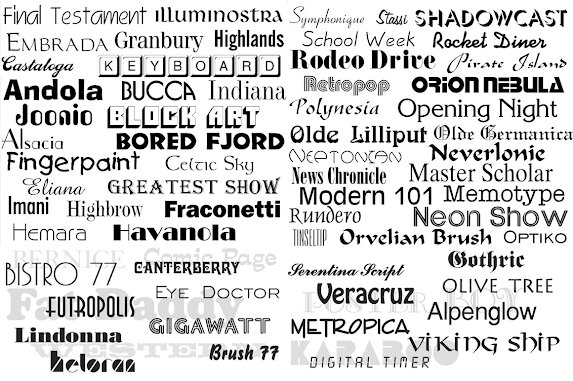Traditional Indian Art Forms And Their Contemporary Adaptations
Traditional Indian art forms have a long and illustrious history, having been practiced for centuries. From paintings to sculptures to textiles and more, these art forms are an integral part of the country's culture. In recent times, their contemporary adaptations have seen them gain popularity among new audiences all around the world. This article examines traditional Indian art forms in detail and explores how they have evolved over time into modern interpretations of classical works.
The aim of this research is to understand whether traditional methods continue to inform modern-day adaptations or whether they can be considered entirely separate entities. To answer this question, sources from both past and present will be used in order to provide a comprehensive overview of the development of Indian art forms throughout the years. Through engaging with existing literature about Indian art as well as studying primary materials such as artifacts and archival documents, this paper seeks to uncover what makes up artefacts the essence of traditional artwork versus its contemporary counterparts and why it continues to resonate with so many people across cultures today.
#Definition Of Traditional Indian Art Forms Indian art forms are an ornate and exquisite part of the culture, crafted with intricate detail and held in high esteem. These traditional styles have been passed down for generations, reflecting various regions across the subcontinent and their respective customs. From the mesmerizing Madhubani paintings to the vibrant puppetry performances, Indian art forms remain a vital source of representation within society. Originating from different parts of India, these art forms often depict stories found in ancient Hindu texts such as the Ramayana or Mahabharata. They come in many shapes and sizes- dances like Bharatanatyam capture epic scenes through elegant movements; sculptures bring deities alive with vivid colors and elaborate adornments; prints tell tales through bold lines and complex designs; music creates a soulful atmosphere that touches each listener’s heart. In some cases, certain aspects of traditional Indian art can be used to speak out against social issues occurring in modern day life. This provides an opportunity to propagate positive messages while also preserving cultural identity by using familiar symbols and motifs as seen in classical works.
History And Origins Of The Art Forms
Traditional Indian art forms have a rich and vibrant history that dates back centuries. There is evidence of these art forms in the ancient texts, sculptures, and paintings found throughout India. These various art forms were used to express religious beliefs, cultural values, or even just for aesthetic pleasure. The traditional Indian art form of painting can be traced back over 2000 years. Ancient scripts describe the practice of using colors and symbols on walls as far back as 200 BCE. This type of artwork was commonly seen in palace decorations and temple structures from this era. The use of bright colors, intricate patterns, and symbolism in these paintings reflect different aspects of Hindu culture at the time. Sculpture is another major component of traditional Indian art. Many temples are decorated with detailed marble carvings depicting Hindu deities or scenes from mythology. In addition to being aesthetically pleasing works of art, many sculptures also served practical purposes such as providing protection or guidance to worshippers entering a temple. Sculptures were also often placed near bodies of water or other important landmarks to mark their importance within the community. With advances in technology and globalization, traditional Indian art has become more accessible than ever before. Contemporary interpretations of these classic styles include digital media such as graphic design and photography which allow new ways to explore creativity through these timeless techniques. Through modern adaptations like this, traditional Indian art continues to live on in today's world while staying true to its origins and preserving its unique idenModern Interpretations And Adaptations Recent studies have revealed that Indian art forms are becoming increasingly popular in the West, with a twenty-five percent increase in interest since 2010. This has led to an influx of modern interpretations and adaptations of traditional Indian art forms, helping them to gain new appreciation from contemporary viewers. One example of this is the adaptation of Kalamkari painting into wearable art, where designs are printed onto fabric and used for apparel or accessories such as bags and scarves. Similarly, Madhubani paintings have been adapted into wallpapers and bedspreads, while Meenakari jewelry pieces can be seen adorning celebrities on red carpets around the world. These modern adaptations help bring these ancient art styles to life in ways that were previously unimaginable; they also allow people who would not ordinarily come across them to appreciate their beauty and intricacy without having to visit India itself. The rise in popularity of traditional Indian art forms is further evident through its presence in various festivals, music videos, movies and theatrical performances all over the globe. Many artists now incorporate aspects of traditional Indian culture within their own works, creating something entirely unique yet still recognizably inspired by India’s past. The combination of old techniques with more modern materials helps create exciting visual expressions which appeal to audiences beyond those familiar with traditional practices.
.jpeg)

Comments
Post a Comment